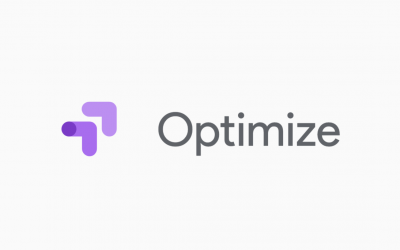B2B companies increasingly apply Account-Based Marketing (ABM). Account-Based Marketing offers B2B companies the opportunity to better reach pre-selected companies through personalized marketing and sales.
The figures speak for themselves: almost 85% of marketers indicate that ABM delivers a higher return than any other marketing approach (source). In order to be truly successful with ABM, relevant personal content is crucial – in addition to a good cooperation between sales and marketing.
In this article I will give you some useful tips to directly start working with personalized content for ABM.
Start by gaining insight into the market, companies and prospects
It is important to gain insights into the content of each account when you have identified the companies and people to be approached together with the sales department. Every account needs a tailored approach. Make an inventory of the following:
- Industry of selected company – What happens in the market, what is the news and the trends, are there acquisitions, etc.
- Selected company – What is their strategy, competitors, what products or services do they use that apply to your business? How is the direction / management put together. Have there been acquisitions or investments?
- Decision makers and influencers of the decision makers – Retrieve online profiles and see what content they share and which platforms they share their content.
By answering the above questions you will immediately gain insight into what relevant and personalized content you can create for the accounts. You can apply the following levels of personalized content:
- Fully personalized – Focused for one account and one persona, for example the CEO
- Very highly personalized – Created for multiple personas of one account, for example all sales staff
- Strong personalized -Content significantly adjusted for one account
- Personalized – Content slightly adapted for one account
- Industry related – Content focused on a specific sector
- Multiple industries – Focused on multiple industries that are related to each other
Examples of personalized content
Before you start creating new content it is good to check within the organization what content is already there and can be reused.
You can then deepen and personalize the content by linking the content to specific personas or industries. For example:
- A title that is specifically aimed at your industry
- Rewriting the introduction and conclusion and making it more specific
- Use of images and / or logos that are relevant to the industry
- Mention of case descriptions and / or examples from a industry
A The next step is to further personalize content by creating it for one specific person or company. Below are a few examples:
- Personalization for the industry
The most basic variant is personalization for a specific industry. Below you can see an example of a customized homepage for Citrix from Optimizely.

Above you see the homepage adapted for the financial industry. And below adapted for the education sector:
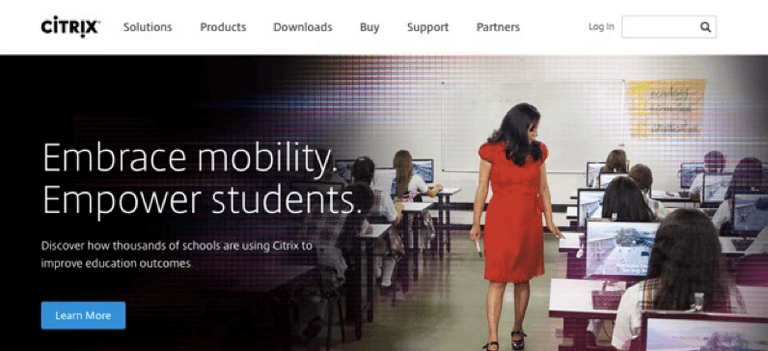
The personalization of the industry provided particularly good results:
- A reduction of the bounce rate of 7%
- 30% increase of clicks on the homepage banner
- 10% increase of page views per session, visitors visited more pages after the seeing a personalized homepage
- Personalization specific for the company
Below you see another personalization example of Optimizely, where they have personalized the homepage for specific companies. First the normal homepage:
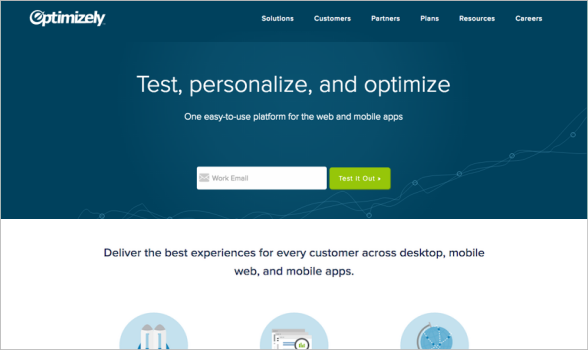
Then the homepage adapted for Sony:
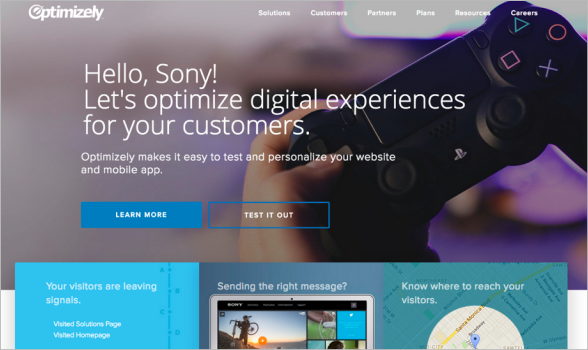
And for Target:
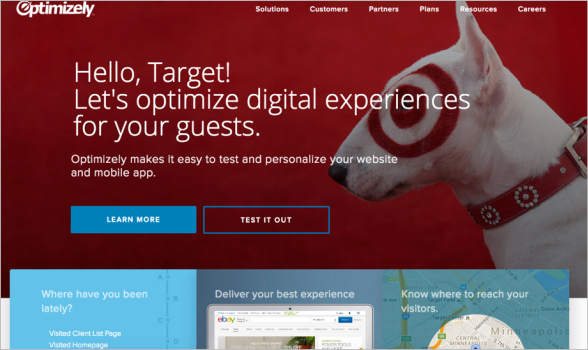
The result was among other things an increase of 117% in the number of visitors who started the account creation process.
And finally: if you use videos on your site, then you can also personalize these videos for the specific company.
You can use these examples of personalized content for companies for emails that you send in nurture programs or directly via the sales staff.
- Use subdomains for specific companies
Use a subdomain for an extra personal approach. The chance of interaction will be greater if you see prospects showing that you have gone so far as to personalize their experience with a subdomain.
- Create a microsite with a lot of relevant content
Place all relevant content for your selected company or industry online on a personalized content hub in the form of a microsite. The interaction with this microsite is very measurable and gives you insight into the interests of your prospects. This helps sales with their conversations and making offers.
With Uberflip you can – without the intervention of your IT department – set up such a content hub yourself. Also flipbooks, a type of online magazine in which you can browse, are part of their solution.
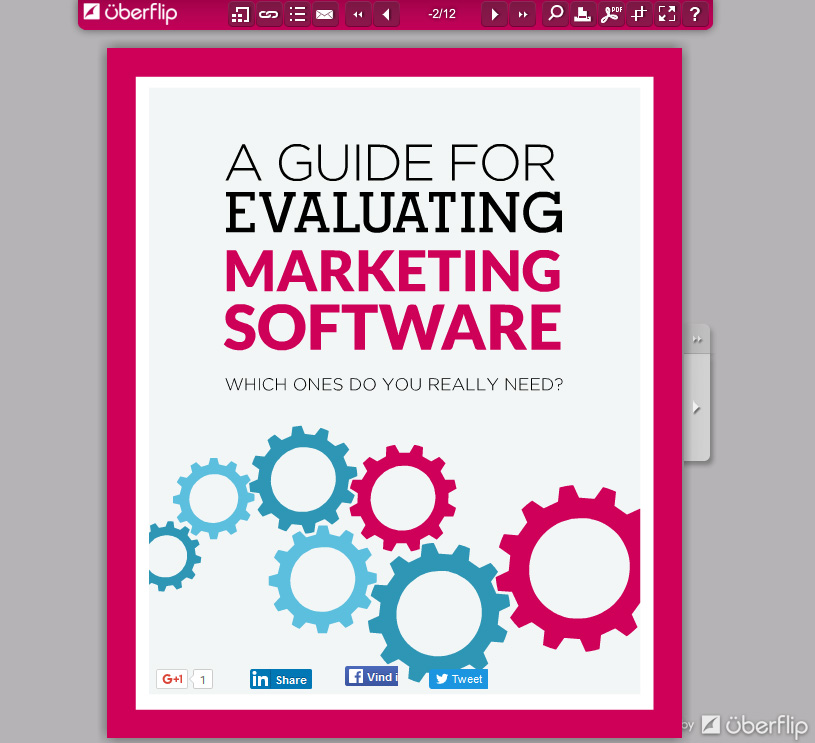
If you just prefer to get started with personalized flipbooks, you can use one of the following online tools:
- Fliphtml5 – Free account with watermark or $ 15 p/m for 50GB
- Anyflip – Free account with watermark or $ 15 p/m for 55,000 daily opens.
Tools to personalize website content
Different Content Management Systems offer the possibility to personalize content. There are also various providers of online tools that you can use for this. Here is a small selection:
- Optimizely – Especially known as A / B conversion optimization tool, also with personalization possibilities. Price on request.
- Personyze – Personalization tool with a free account for 5,000 page views p/m, paid account $ 249 for 250,000 page views p/m.
- Google Optimize – A free personalization tool from Google, part of the Google marketing platform.
- Companda SEE – One of our enterprise APIs that can be used in combination with any of the above tools to personalize your website based on all kinds of company attributes, such as industry, size, location, etc.
Determine your channels to share your personalized content
In addition to creating content for every phase of the purchasing process, it is important to also use different channels to deliver the content to your desired target audience.
- Own channels / owned media – Above you have already read about personalization of your own website. You can also use your own social media channels. Follow the selected contacts through Twitter or add them to a Twitter list. You can of course also send a personal invitation with Linkedin or join a group on LinkedIn of which they are also members. This is the first step to get in touch with someone. Once this has been established, you can get started with sharing valuable information and interact with this person.
- Earned media – Earn media attention by conducting an investigation about something that plays a role in the company you select. It is even better if you involve them in your research. This is a nice way that media likes to publish about and so you have also given your prospect media attention.
- Paid media – You can identify the company accounts on LinkedIn and show advertisements to the most important decision makers and influencers at the companies you select. Use Adwords Customer Match ads by creating custom lists in Google AdWords based on email addresses. And ensure retargeting through networks such as AdRoll and AdCrowd. You can also personalize the banners for this.
Integrating content into ABM
By using personalized content within your ABM strategy, this will yield a lot of added value over time. You can better respond to the problems at the selected companies through the created content and support sales.
Finally, do not forget to continuously adjust your strategy based on the feedback you receive and what you learn from the statistics, making your content ultimately yields even better returns.
I wonder how your experiences is with ABM and personalizing content. Leave them in the comments below!


